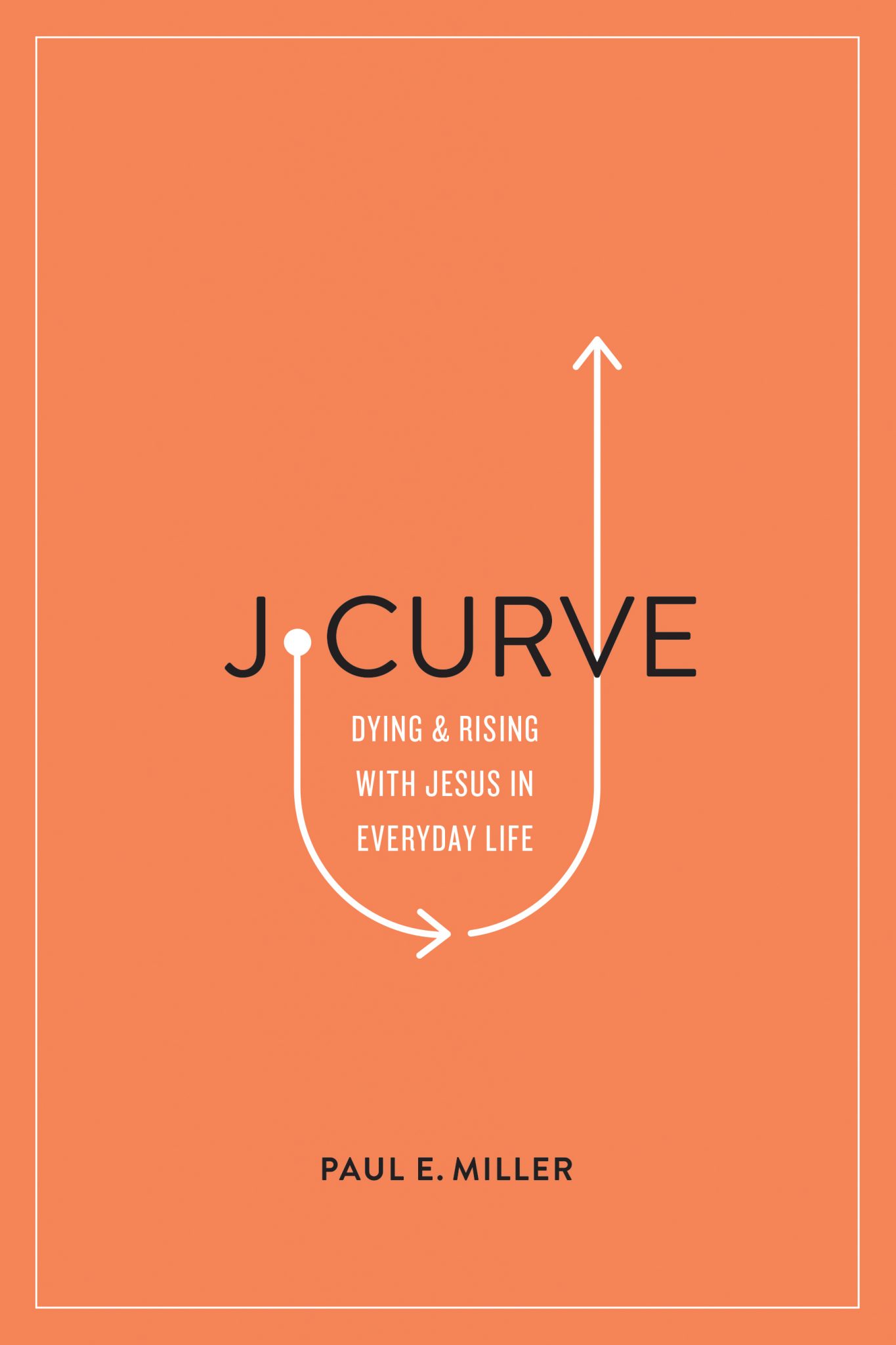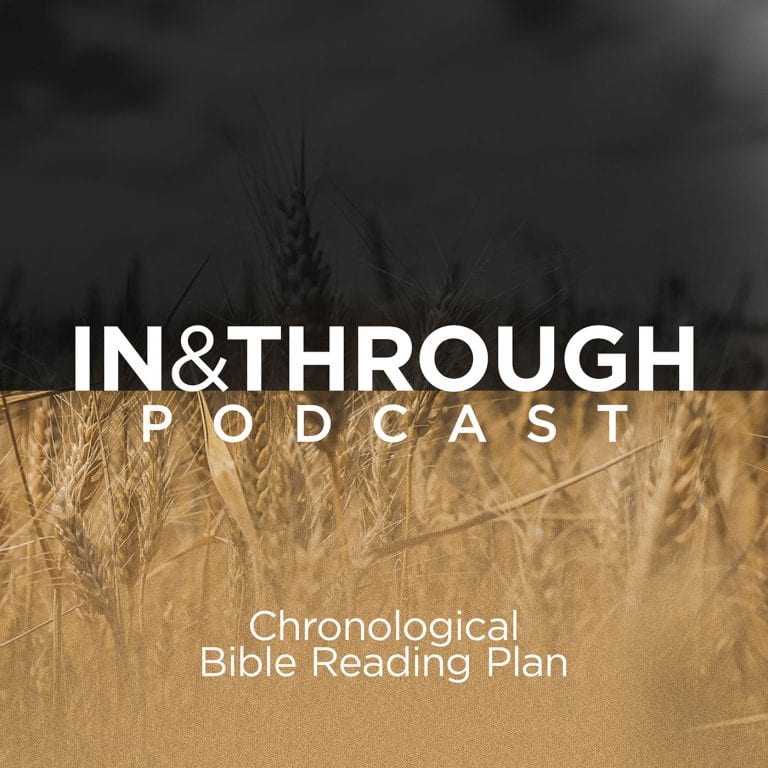The J-Curve is an economic concept that has been used for years to express the relationship between currency and investment potential. In his work J-Curve, Paul Miller teaches the church about an economic exchange of a different sort. His is an economy of death to self in exchange for resurrection in Christ.
Miller has produced a number of books and Bible-studies and is best known as the author of A Praying Life. That Christians work too hard to save face before God and man is a theme that carries over from A Praying Life into J-Curve. In the former, Miller argues that the believer must put away his pride in order to come before God in a real and meaningful way. In his latest work, Miller argues that the tendency to preserve self keeps those who might otherwise believe the Gospel from “becoming like” the Gospel.
The Theology of the J-Curve
Boiled down, the J-curve is the death that leads to resurrection. Miller notes that this takes place, in its ultimate form, at the cross of Christ. That Jesus would die to take on the punishment of our sins so that we might be raised with him is the Gospel of Christ and the J-curve of Christ. Miller calls on the church to do more than understand (or believe) in this Gospel, he calls on the church to exemplify (be like) this Gospel.

J-Curve: Dying and Rising with Jesus in Everyday Life
Paul E. Miller
Miller writes, “Pithy summaries make timeless truths memorable, but our modern formulas focus almost exclusively on the core of the gospel (forgiveness and justification by faith) and miss that the core is embedded in a story. If we miss the story of the person of Jesus, we depersonalize the gospel. We can never separate the story from the person (168).” In one sense, Miller’s J-curve is a Christology. It is an examination of the life of Jesus as the ultimate example of one humbling himself so that he might raise others. Yes, this happens on the cross, but Miller notes that it is more than a one-off for Jesus. It is his pattern of relating to people as a whole.
Miller presents the J-curve as a fellowship in the sufferings of Christ but stops short of suggesting that all suffering is fellowship. When Christ suffered, it was for a purpose. Miller’s stated ambition is “to prepare the bride, the wife of the Lamb, for suffering.”(22) As he develops a theology of suffering, Miller spends a significant amount of time drawing a distinction between suffering in a way that brings life and suffering that is simply the result of failure in the flesh. He argues that suffering for the sake of elevating the self is a desire to be declared righteous in the eyes of others. This suffering is not effectual as a witness to Christ nor does it bring about the sanctifying work of the Holy Spirit. It is described as suffering that is rooted in pride. (46) Conversely, Miller describes suffering that is fellowship with Christ to be suffering born out of humility. It is the laying down of one’s life in humility and trusting in the finished work of Christ to justify us before a Holy God. (44)
The Application of the J-Curve
The J-curve is essentially an applied theology, so application is the heart of Miller’s work. He clearly draws a distinction between works that earn salvation and works that are done in light of salvation. Justification by faith is a doctrine expressly affirmed in nearly every chapter of this book. Miller sees the relationship between the sola fide and the J-curve as a relationship never to be separated, never to be merged, and never to be reversed (81). Doing any of these, Miller suggests, would open the door to legalism, feelism, or promises of salvation by merit. In their proper union, they provide a harmony of Christian walk where the believer lives the example Christ set before him that results in a witness of the resurrection power of Christ and the sanctifying work of the Holy Spirit.
The principles set forth are imbedded in various narratives of his own life experiences, the life and ministry of the Apostle Paul, and in the experiences of others. Miller goes out of his way to bring this message to life in real and meaningful ways. In some instances, we see the J-curve as a life-shaping paradigm (i.e. in the life of Joni Eareckson Tada) at other times the J-curve is expressed in the simple, nearly mundane acts of humility that come in every-day life. Miller presents the profound and the mundane side-by-side as opportunities to embrace Christ’s fellowship of suffering.
Final Thoughts
In writing J-Curve, Miller sets himself apart from a culture of affirmation and self-gratification. The message of this book is sound and timely. Miller is not presenting the church with a revolutionary thought. What he has come to call the J-curve is, as he well notes, present throughout the life and message of both Jesus and the Apostle Paul. As simple and present as this message may be, some will undoubtedly find it timely and refreshing.
If there is a criticism to be made, it is in the delivery and not the substance of the book. J-Curve is 312 pages divided into thirty-six chapters that are organized into five parts. The content is illustrated via forty-nine graphs and illustrations (many of them more confusing than helpful) and more than a half-dozen stories that are introduced and re-introduced throughout the book. This is to say that the message of the book is arguably over-complicated in its delivery. Gifting this book to someone in the “pit” of the J-curve may feel cumbersome and runs the risk of overwhelming an already burdened mind. Although I personally tend to shy away from books taking on various forms, I would love to see Crossway publish a condensed edition of this book that can be more effectively shared as a tool for discipling individuals and groups on the value of our call to suffer with Christ.
As an Amazon Associate TGCC earns from qualifying purchases





















